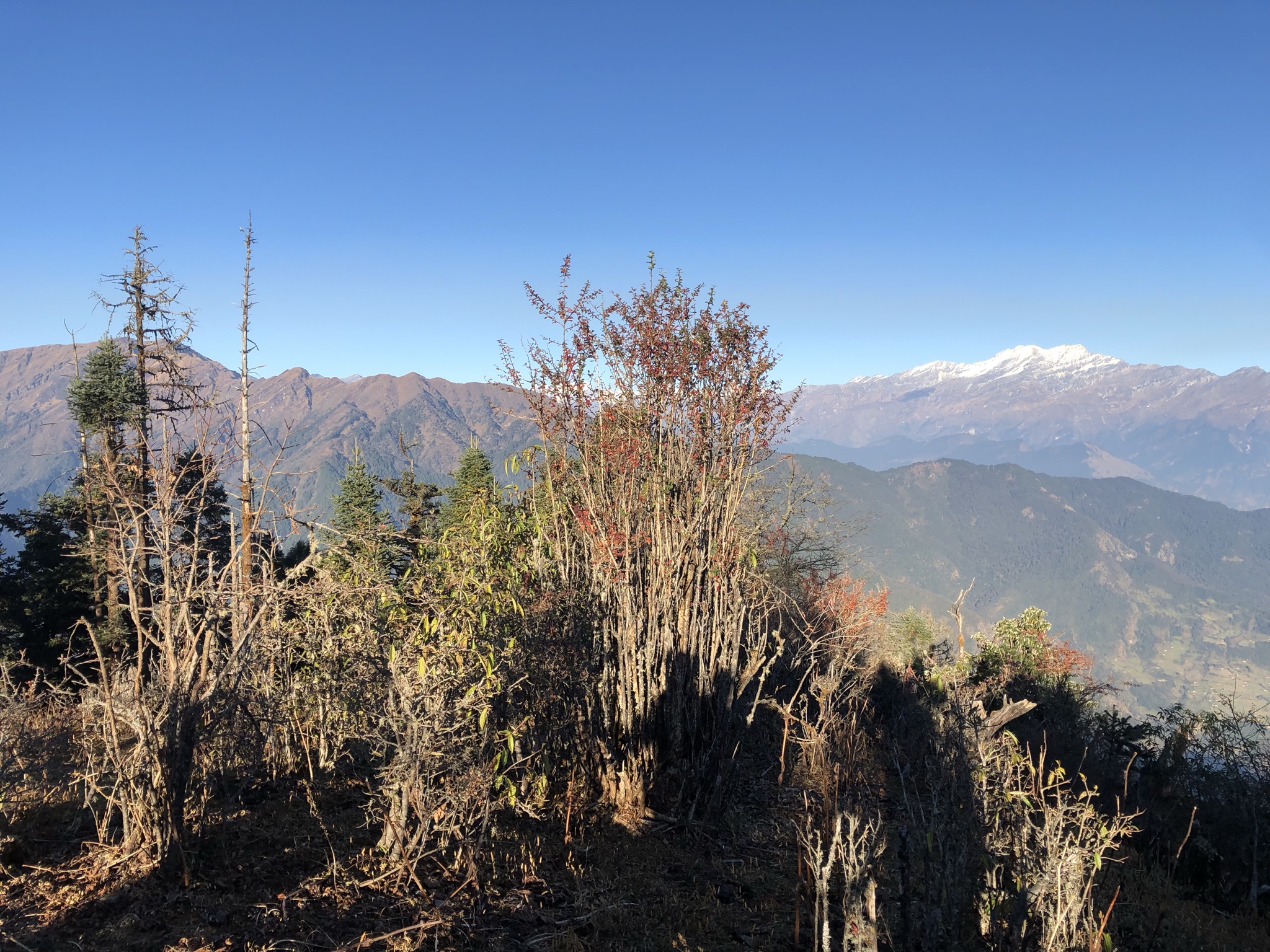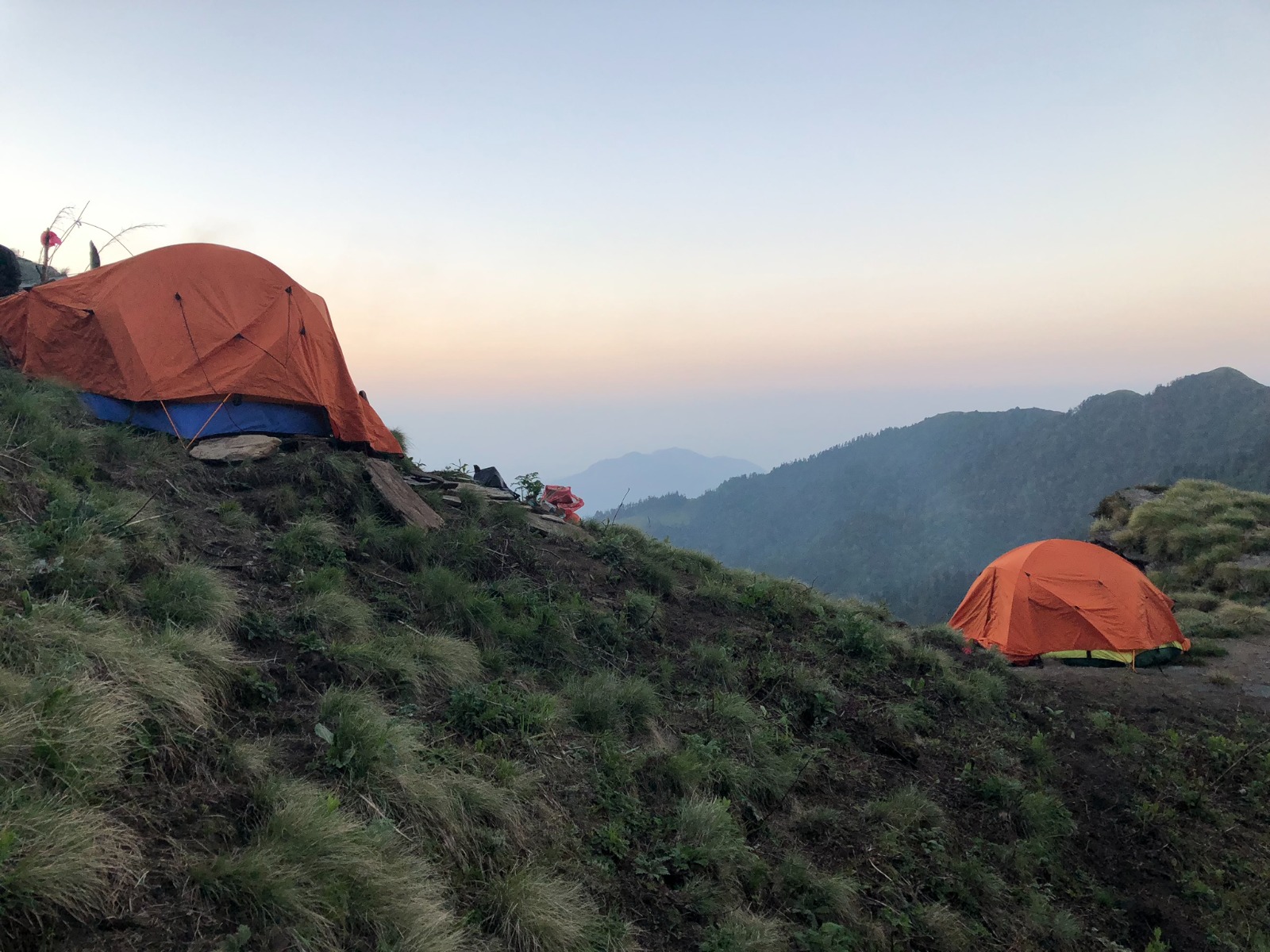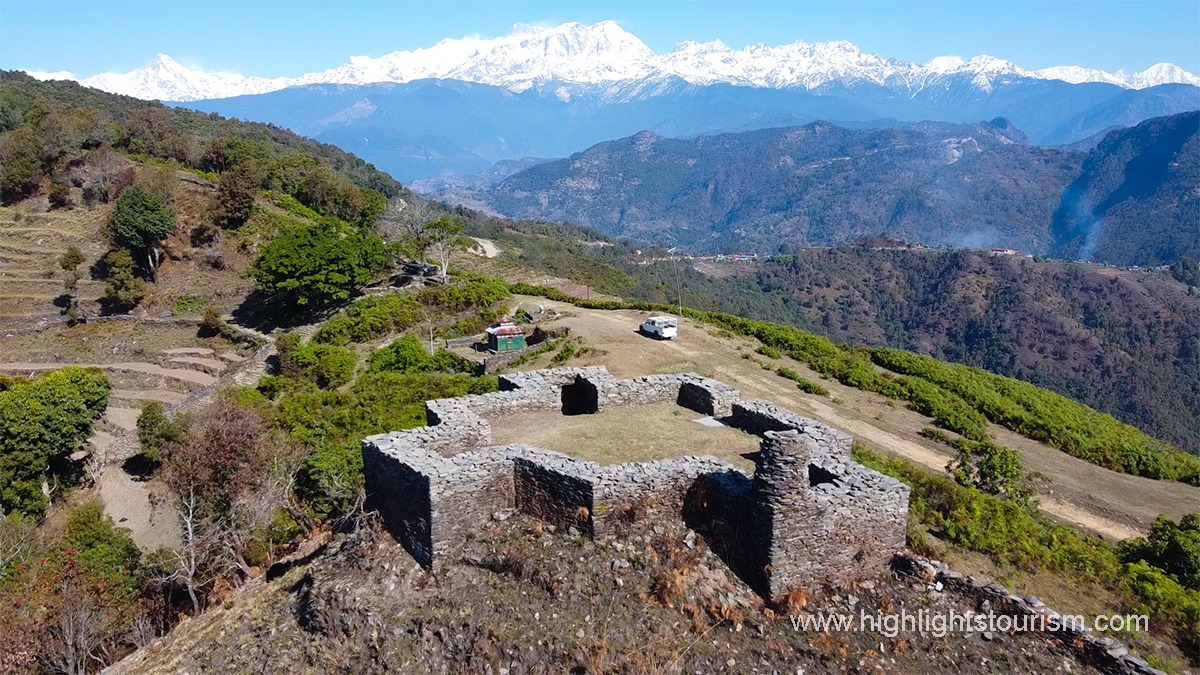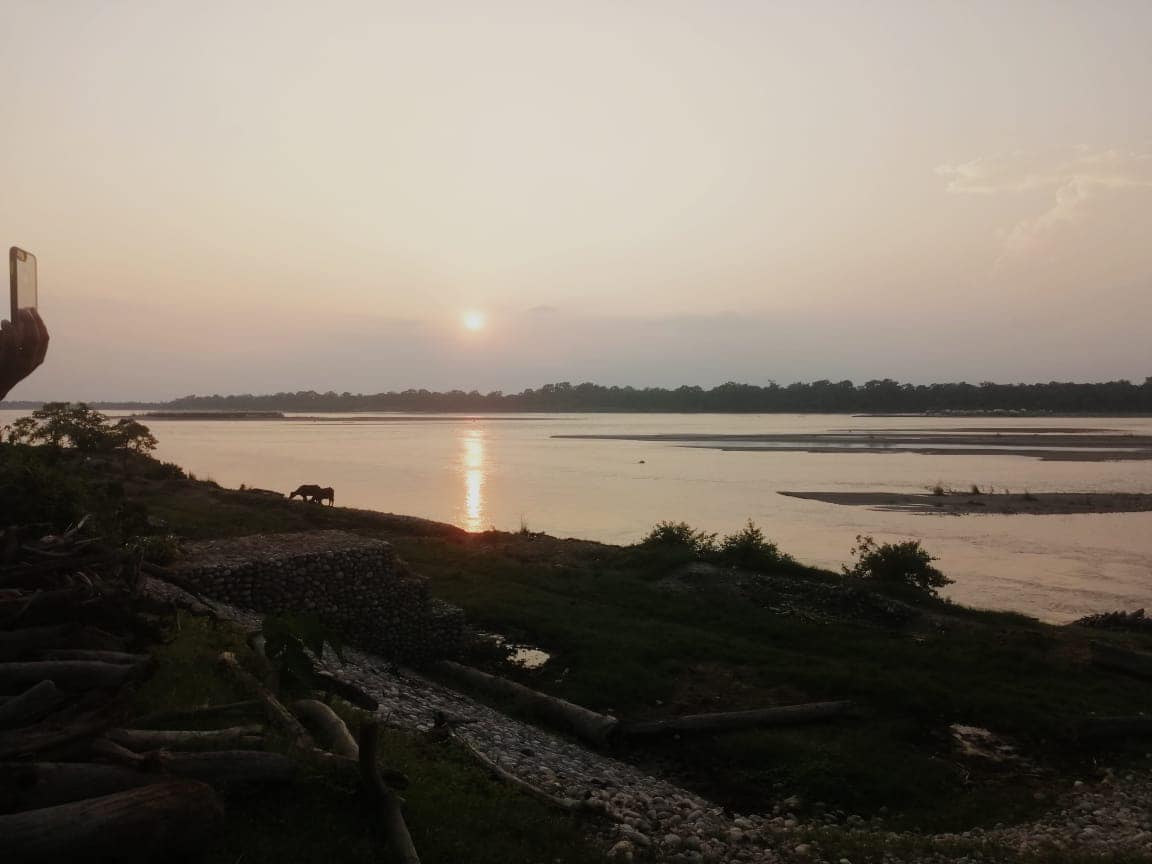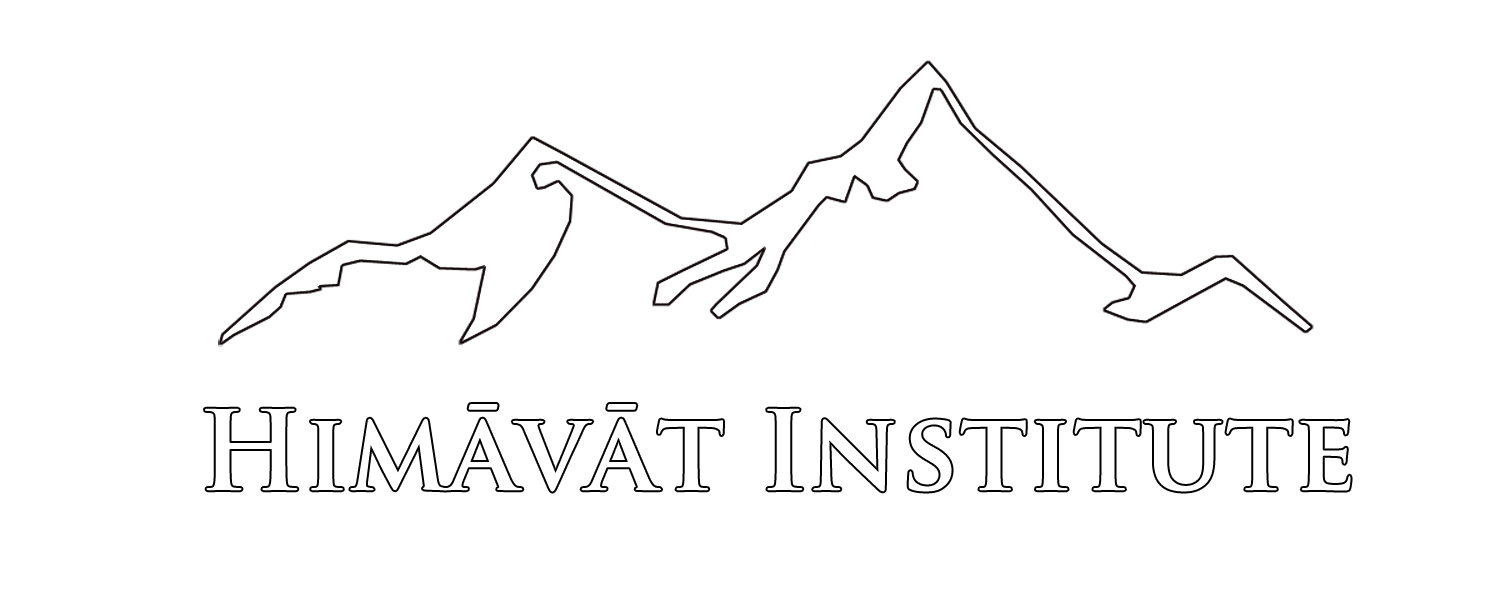Kuse Cloud Forest
Kuse Cloud Forest Research Station is located at an altitude of 2523 m asl in Kuse Rural Municipality, Jajarkot district, Nepal. The area consists of dense forests along mountaintops, but they are increasingly at high risk of human encroachment. These forested areas support isolated populations of red pandas, Himalayan serows, common leopards, musk deer, Himalayan tahrs, and four species of threatened vultures.
This area is the ideal place to explore western Himalayan biodiversity. It is connected to stunning rocky areas and vast pastureland to the north (southern Jumla). Researchers interested in ecological gradients along mountains and speciation patterns in mountain islands may find this place appropriate.
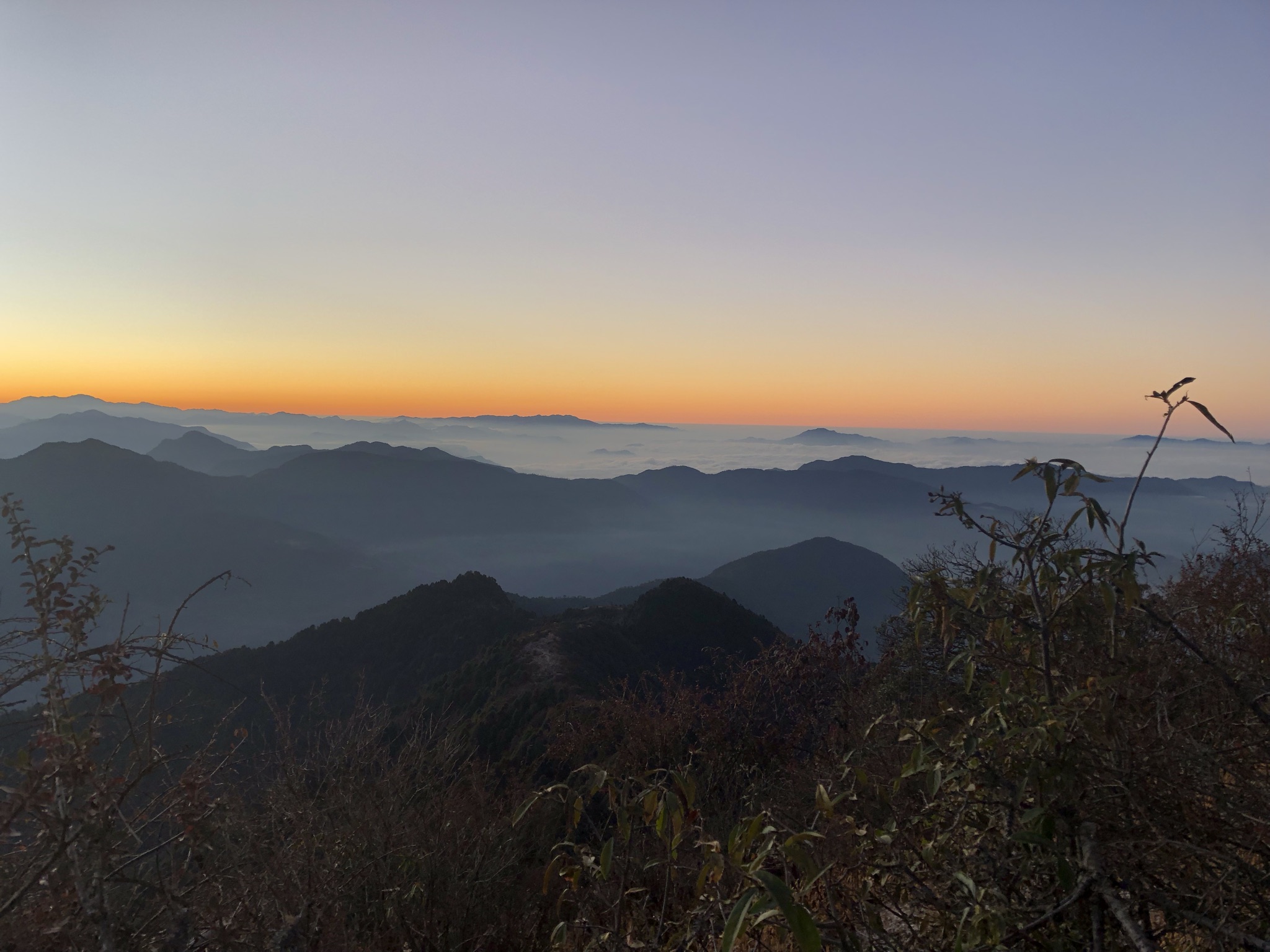
Location
The region is also unique in socio-economic systems. People's livelihoods are directly linked to forest resources, ranging from livestock farming to the collection/sale of medicinal plants. Local people keep livestock such as cows, buffaloes, goats, sheep, and horses, grazing them in the nearby forests. Many residents routinely take their livestock to the hilltops—both forested mountains and alpine pastures—from August, spending one to three months there. During this period, wildlife hunting and the collection of medicinal herbs are common activities. Consequently, the forests are becoming increasingly devoid of wildlife.
Rocky area along the Jajarkot-Jumla border
The area lags far behind in terms of human development indices (HDIs) in comparison to the national average. 84% of the people living in Jajarkot are involved in agriculture. During the agricultural off-season (June to September and November to April), most men travel to India, a tradition that has existed for several generations. This is the strategy of resource use to make extra income during the off-farm time. However, some young people find jobs in the Middle East and Malaysia. This is related, to a large extent, to unemployment and illiteracy.
About Research Station
Western Himalayan Biodversity
The area is a typical human-dominated forest landscape having good natural forests, with several endangered species
Himalayan Hountain Gradient
The area, although lies in the mid-hills, has a typical mountain gradient from the subtropic region to the alpine region
Traditional livelihood
Forest dependent traditional livelihoods with subsistence agriculture and animal husbandry
